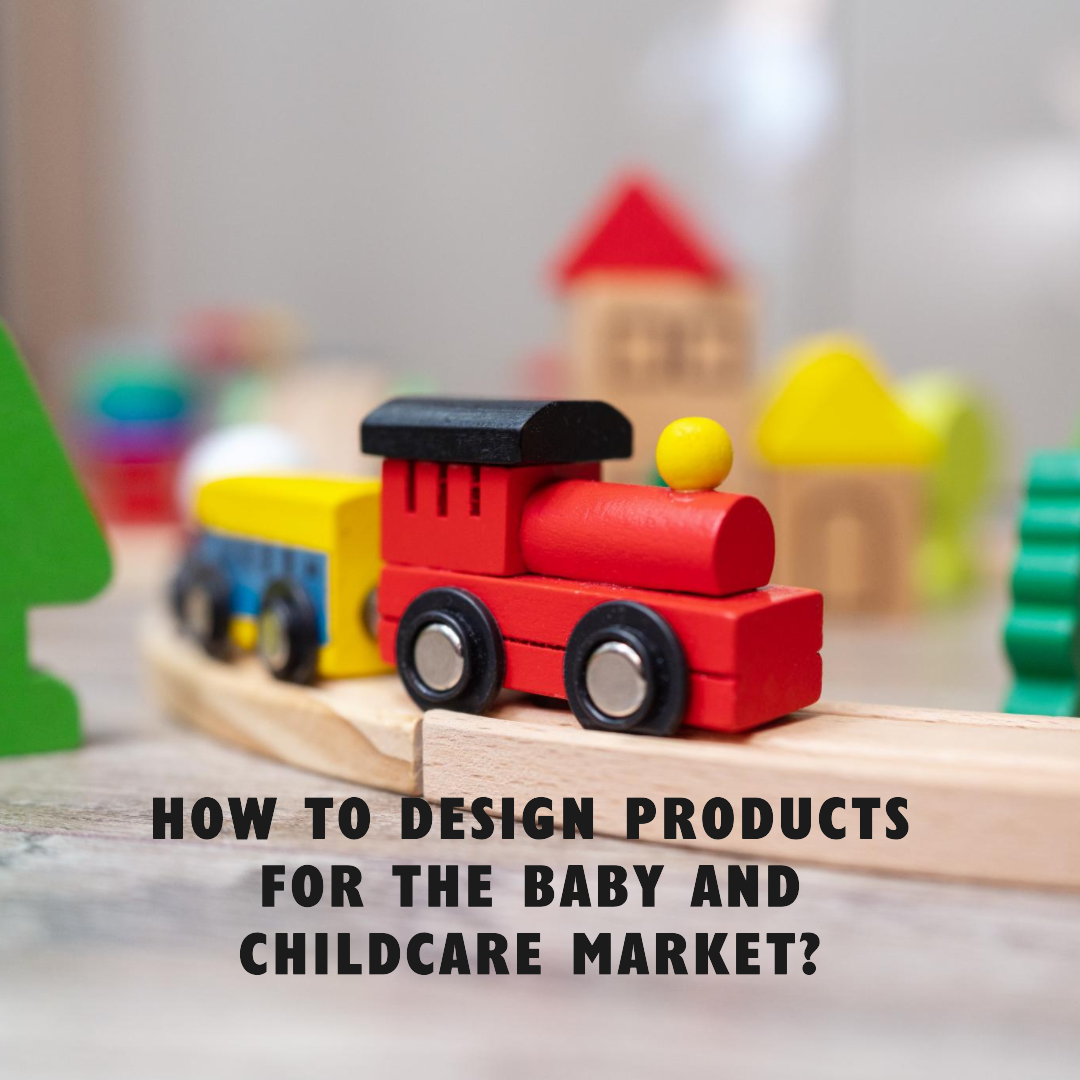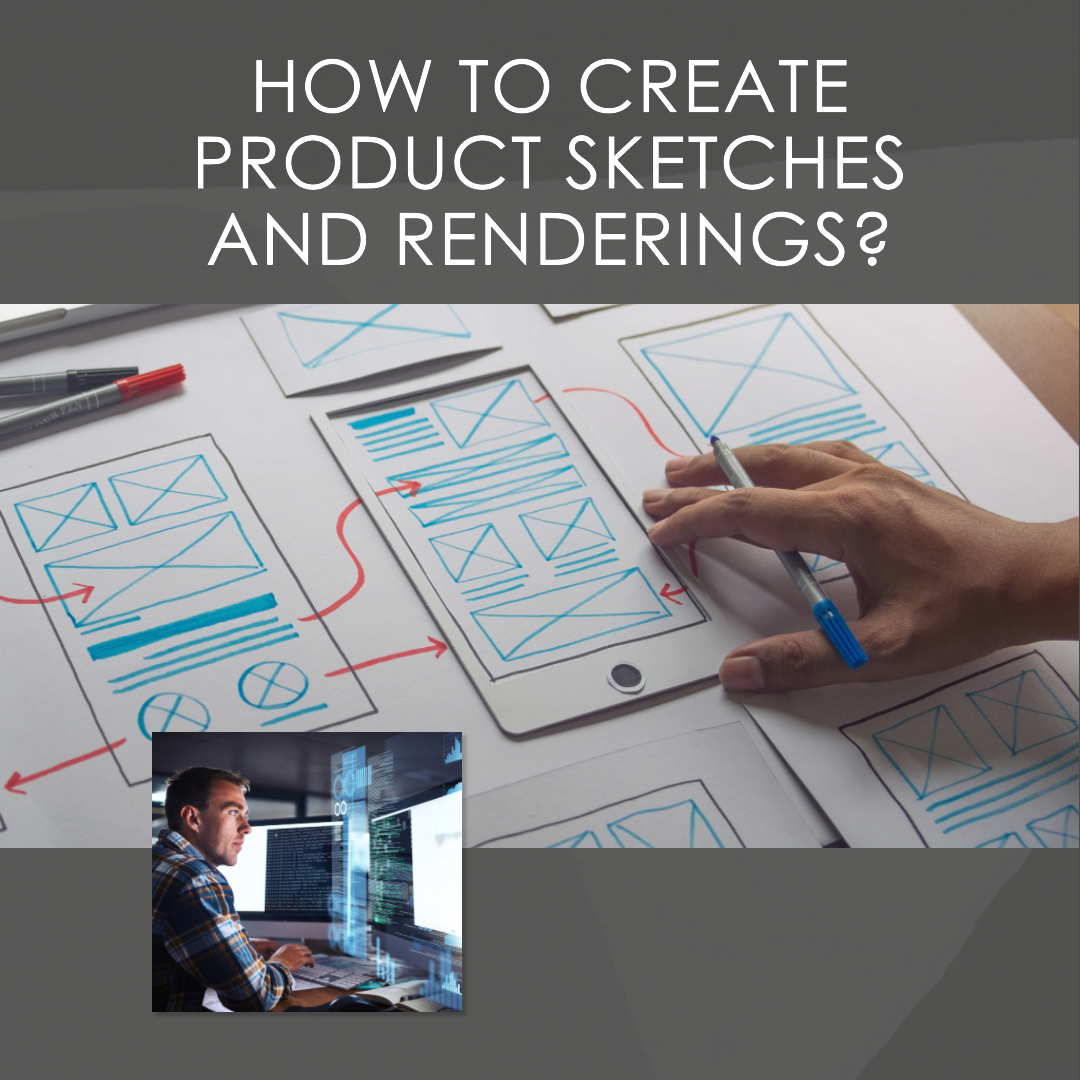How to design products for the baby and childcare market?
Introduction
The baby and childcare market is a large and growing industry. In 2023, the global baby and childcare market is expected to reach $165 billion. This growth is being driven by a number of factors, including the increasing population growth in developing countries, the rising disposable income of parents, and the growing awareness of the importance of early childhood development.
Opens in a new windowwww.grandviewresearch.com
baby and childcare market with various products
To be successful in this market, designers need to be able to create products that are both safe and functional, and that meet the needs of parents and caregivers. They also need to be able to keep up with the latest trends in baby and childcare products.
In this blog article, we will discuss the essential steps involved in designing products for the baby and childcare market. We will also provide tips on how to market and sell your products once they are finished.
Step 1: Understand your target market
The first step in designing any product is to understand your target market. In the baby and childcare market, your target customers may include:
- New parents
- Experienced parents
- Caregivers
- Daycare centers
- Hospitals
- Other institutions that care for babies and children
To understand your target market, you can conduct market research, interview parents and caregivers, and analyze customer feedback. You should also consider the following factors:
- What are the biggest challenges faced by parents and caregivers when caring for babies and children?
- What are the latest trends in baby and childcare products?
- What are the unmet needs of parents and caregivers?
Step 2: Identify opportunities for innovation
Once you understand your target market, you can start to identify opportunities for innovation. The baby and childcare market is constantly evolving, so there are always new opportunities to create new and better products.
When looking for opportunities to innovate, consider the following:
- Emerging technologies: Can you use new technologies to create products that are safer, more functional, or more affordable?
- Changing parenting trends: How are the parenting trends of parents and caregivers changing over time? Can you create products that meet these new needs?
- Unmet needs: What are the unmet needs of parents and caregivers? Can you create products that address these needs?
Step 3: Develop your product concept
Once you have identified an opportunity for innovation, you can start to develop your product concept. This involves defining the problem that your product solves, identifying the key features and benefits of your product, and developing a prototype.
When developing your product concept, it is important to keep parents and caregivers in mind. Make sure that your product solves a real problem for them and that it offers features and benefits that they value.
Step 4: Test and refine your product
Once you have a prototype of your product, it is important to test it thoroughly. This will help you to identify any areas where your product needs improvement.
You can test your product with a variety of people, including parents and caregivers, childcare experts, and industry analysts. Get their feedback on the design, functionality, and safety of your product.
Use the feedback you receive to refine your product design. Make sure that your product is safe, easy to use, and meets the needs of parents and caregivers.
Step 5: Launch your product
Once you are satisfied with your product design, you are ready to launch your product to the market. This involves developing a marketing and sales strategy, and getting your product into the hands of potential customers.
You can market your product through a variety of channels, including online and offline advertising, social media, and public relations. You can also sell your product through traditional retail stores or through your own online store.
Additional tips for designing products for the baby and childcare market
- Focus on safety: Safety is the top priority for parents and caregivers when choosing baby and childcare products. Make sure that your product is designed with safety in mind and that it meets all applicable safety standards.
- Make your products easy to use: Parents and caregivers are often busy, so they need products that are easy to use and efficient. Make sure that your product is easy to set up, operate, and clean.
- Design your products for durability: Baby and childcare products are often used heavily, so they need to be durable and able to withstand the rigors of everyday use. Make sure that your product is made from high-quality materials and that it is built to last.
- Get feedback from parents and caregivers early and often: When developing and testing your product, be sure to get feedback from parents and caregivers of all experience levels. This will help you to ensure that your product meets the needs of the market.








